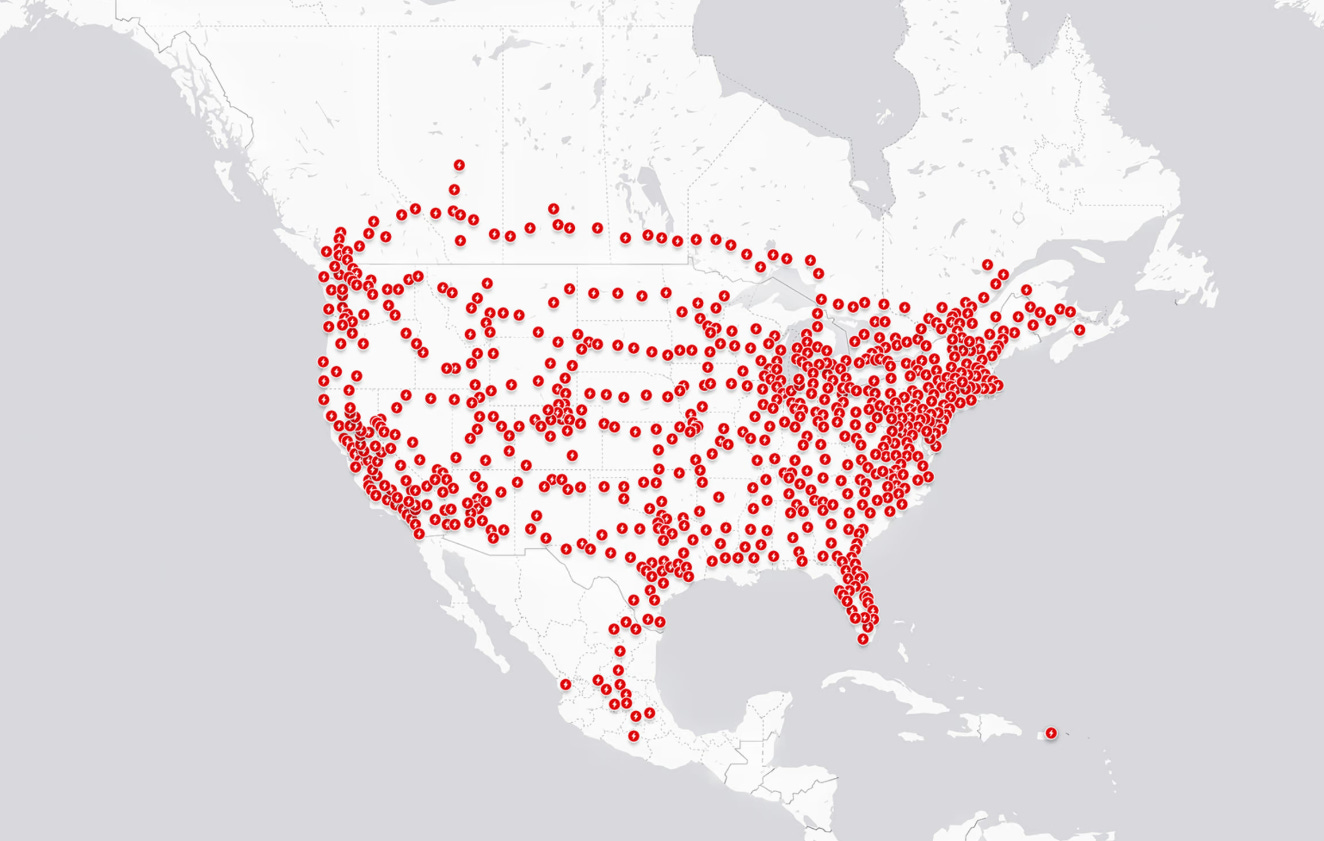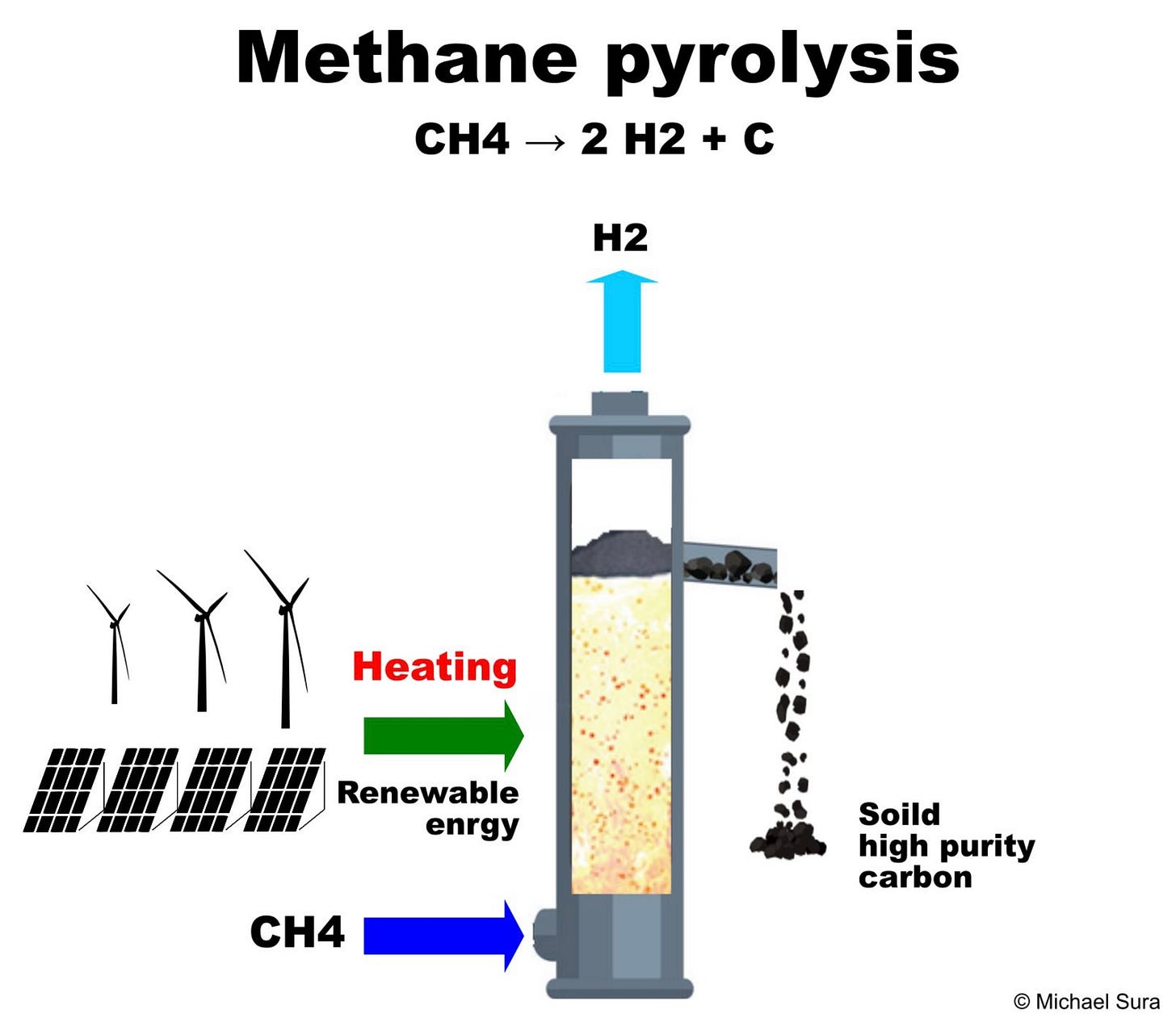Welcome to Greenify 😃!
Did a friend send you Greenify? Subscribe now and thank us later for not missing the most insightful information on the booming #GreenTransition!
Please help us improve by leaving a comment or feedback, and if you like what you are learning… share it with your network 😁!
📌 Fact of the week
The UN issued a report indicating a viable path which would allow to reduce plastic pollution by 80% using existing technologies. To be successful, the plan requires significant regulatory changes.
Hottest news of the week…
Regulation 🗃 – Largest commitment to Rural Electrification since the “New Deal” 💣
What happened: On Tuesday, the Biden administration revealed its plan to allocate approximately $11 billion in grants and loans to assist rural energy and utility providers in bringing affordable clean energy to communities throughout the United States. The money will be allocated to eligible rural electric cooperatives, which cater to approximately 42 million individuals nationwide, for the implementation of renewable energy systems, zero-emission technologies, and carbon-capture systems. 🚀
Zoom out: The allocated funds will enable rural regions to have access to a power grid that is both more affordable and reliable, while also assisting in reducing forthcoming energy expenses. According to the White House, the recently introduced funds are the most substantial financial commitment towards rural electrification since 1936 under President Franklin D. Roosevelt’s “New Deal”. 🔥
Business 💰 – Orsted & Aker, a leading partnership!
What happened: Ørsted, Denmark’s energy giant and world’s leader in off-shore wind, is implementing a carbon capture project at two of its power stations in Denmark. The project aims to capture and store carbon dioxide emissions from the plants, which run on sustainable straw and wood chips, but still generate some biogenic CO2. Starting in 2025, approximately 430,000 tonnes of CO2 will be captured annually. To do so Ørsted has partnered with Aker Carbon Capture, leader in CCUS, to provide modular carbon capture units, and the captured CO2 will be transported to the Northern Lights storage reservoir in the North Sea! 👌
Zoom out: The project has been awarded by the Danish Energy Agency (DEA) and aligns with climate change recommendations and Denmark's climate targets. As one of the two Orsted’s power stations may serve as a hub for capturing and shipping not only Ørsted's biogenic CO2 but also CO2 produced by other emitters, the project aims to not only reduce but also remove CO2 from the atmosphere, creating negative emissions. 💪
Innovation 💡 - Swapping vs. Charging
What happened: The MIT Technology Review dives deeper into a (relatively) new concept for electric vehicles: battery swapping… Battery swapping is an idea by which electric vehicle owners swap their discharged cars’ batteries with fresh, ready to use ones. Instead of plugging the charger at a normal station, you would drive your car at a specific swapping station where, once placed on a platform, your vehicle gets lifted and internal machinery gets to work removing the used batteries in the vehicle and installing new ones. The depleted batteries then get charged at the same station and ready to be inputted into the next vehicle.🔋
Zoom out: The unique selling point for the “battery swap” model is time savings. On average, charging electric vehicles at an average station can take time, potentially several hours, while for battery swapping we are talking about a minutes long process. In terms of the business model, EV owners would pay a monthly fee and be able to use the services as many times as they need. The idea sounds revolutionary, yet experts see two big limiting factors for this model: 1) The rise of supercharging stations which erode the speed advantage, and 2) Compatibility of different batteries for different vehicles. Find out more in our “Company of the Week” section.🤔
Deep dives of the week…
Chart of the week - Where are these superchargers? 🚗
We spoke about the “battery swap” model in our Innovation news, pointing out how super chargers pose a significant risk to this business model. Hence we thought it would be useful to map out the supercharger network in the U.S. Below, we present Tesla’s Superchargers across the U.S. The company owns and operates 45,000+ points, making it the largest global, fast charging network in the world.📈 Wonder how the situation is in Europe? No worries we discuss it very soon 😉
Source: Tesla
Company of the week - Ample, delivering on battery swaps 👍
Ample is a San Francisco based company operating in the “battery swap” space, which we discussed in our Innovation news. With a dozen of operating swap stations in the San Francisco area, they perform approximately 100 swaps each day with an average time of 10 minutes each, according to the company's founders. If you want to learn more, another proven operator in the space is Chinese company Nio, which recently launched a battery swap station in Europe. 💣
Deal of the week - $33 million for Methane Pyrolysis
This week we talk about a very interesting deal that explores a rising technology which has not been discussed on Greenify before! 🤓
The technology we are referring to is "methane pyrolysis", a process that creates hydrogen from methane, with the only by-product being solid carbon. Hydrogen generation from methane is the most common and economic way to produce hydrogen, but the process is usually done through "steam methane reforming", which heats methane (CH4) with steam (H2O) creating hydrogen and carbon monoxide as a result, hence generating greenhouse gas (GHG) emissions. Methane pyrolysis is innovative as it breaks methane (CH4) at high temperatures in the absence of oxygen through a chemical reaction, hence creating hydrogen (2 H2) and only solid carbon (C) as a by-product, which is not a GHG and has various commercial applications. The technology is still being tested and far from being a perfect solution, but it could theoretically solve the biggest problem of hydrogen: transportation. 😮
In fact, Modern Hydrogen, the company in question, which raised $33 million to go all-in on methane pyrolysis, aims to exploit the endless pipeline around the world to transport normal natural gas and only create hydrogen on the location where it is needed, thanks to compact and modular devices! 💣
See below for a nice graphic of how Methane Pyrolysis works!
👋 See you next Friday, for the best sum up of this coming week!
If you enjoyed this edition, please help us by sharing Greenify with your network!





